This circuit serves a wine using a mini water pump all controlled from your phone. Enjoy it during your holidays!
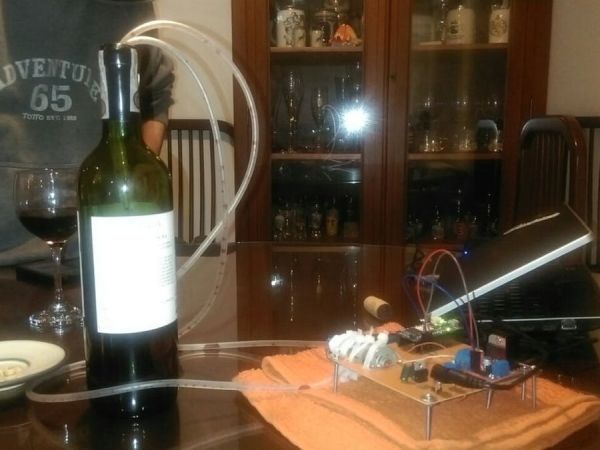
Things used in this project
Story

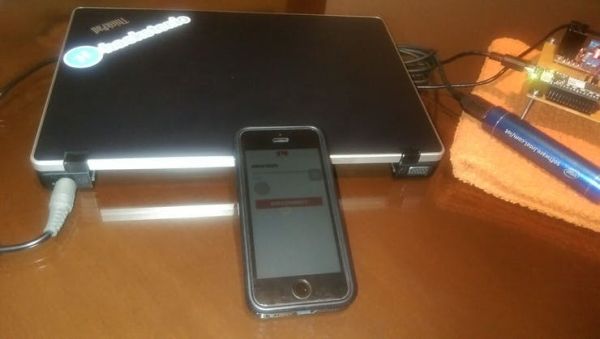
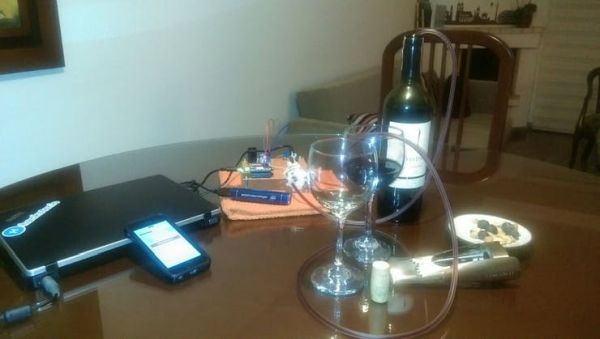
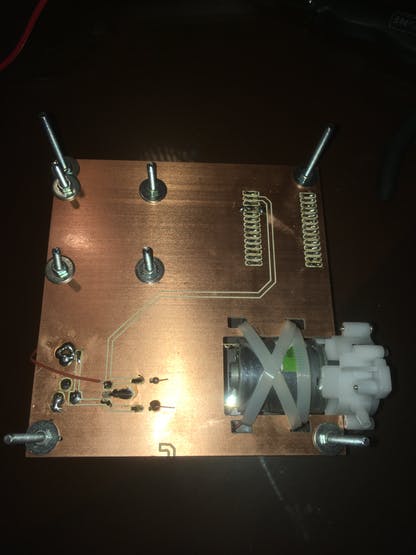
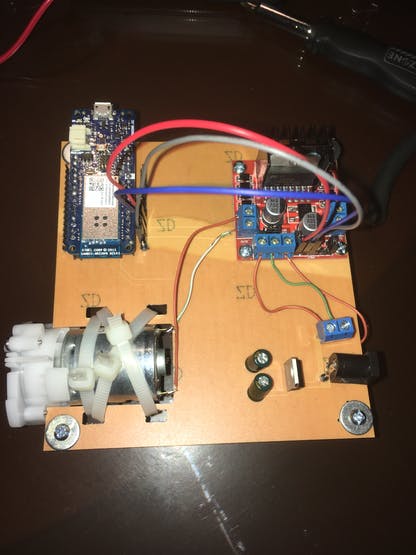
The idea is to learn!
Here with an Arduino MKR1000, Evothings Studio to make the app and a mini water pump (DC motor), it is possible to serve a wine from your smartphone. Also, the idea behind this is to make it by yourself, even the PCB learning around CNC machines (it is another chapter). But I invite you to try it in any maker space near you.
The DC motors need a bridge in order to handle the current, here we use the L298 – very easy to integrate and also powerful.
NOTE: Not all the routes are done in the PCB; some wire jumpers are used in order to be flexible and use the PCB to do other prototypes.




